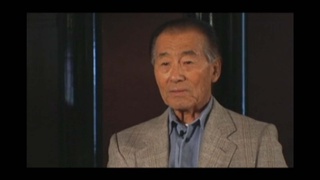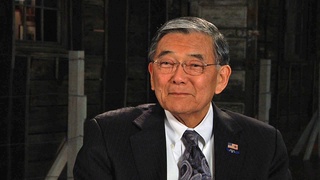Interviews
His sister secured reparations for the family
Kiyo was, again, this outspoken person in the sense that when the government sent — this is during the redress period, during the late 1980s — the spokesperson came to the JCCNC (Japanese Chamber of Commerce of Northern California) center here, community center. And while he was speaking, my sister went right up and showed him this one document that says, each of us have this, that says that we were arrested by the FBI. And surprisingly he said, on the spot, that, "You qualify." So like we were kind of shocked. The other Japanese Peruvians that were there didn't have the same papers.
We all have it somewhere, yes, every one. They give one to individuals, not a whole family, it's individual.
The key was the letter of apology from Ronald Reagan, and to receive the twenty thousand.
Date: September 20, 2019
Location: California, US
Interviewer: Tom Ikeda and Yoko Nishimura
Contributed by: Watase Media Arts Center, Japanese American National Museum and Denshō: The Japanese American Legacy Project.
Explore More Videos

On hearing of CWRIC selection from Senator Inouye
Judge, only Japanese American to serve on CWRIC.

Rationale for rejecting redress payment
Judge, only Japanese American to serve on CWRIC.



Appointing John Tateishi as National JACL Redress Chair
(1917 - 2004) Political activist

Inouye’s strategy for educating the American public
(1917 - 2004) Political activist

Recalling President Carter’s signing of the Commission bill
(1917 - 2004) Political activist

John Tateishi plays a role in changing people's minds
(1917 - 2004) Political activist


“No more shikataganai”
(1916-2010) draft resister, helped form the Heart Mountain Fair Play Committee

The lawsuit set the standard for restoring people’s rights
(1927-2010) Political Activist

Beginnings of CWRIC
(b. 1931) U.S. Former Secretary of Transportation


The last hurdle – President Reagan
(b. 1931) U.S. Former Secretary of Transportation

